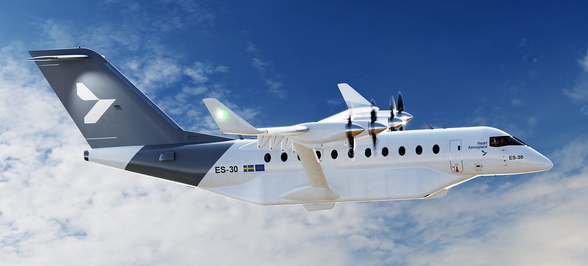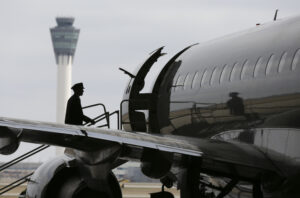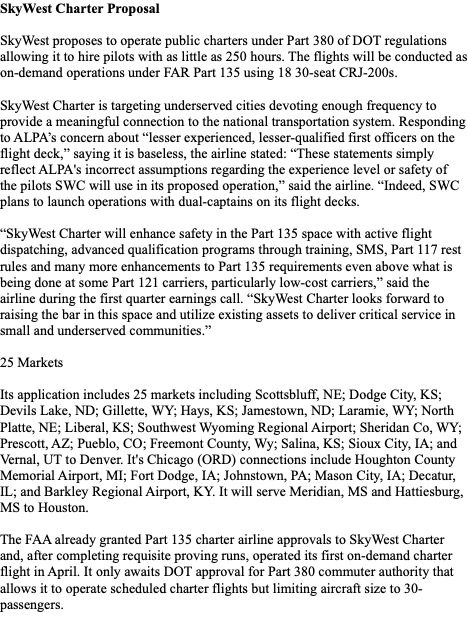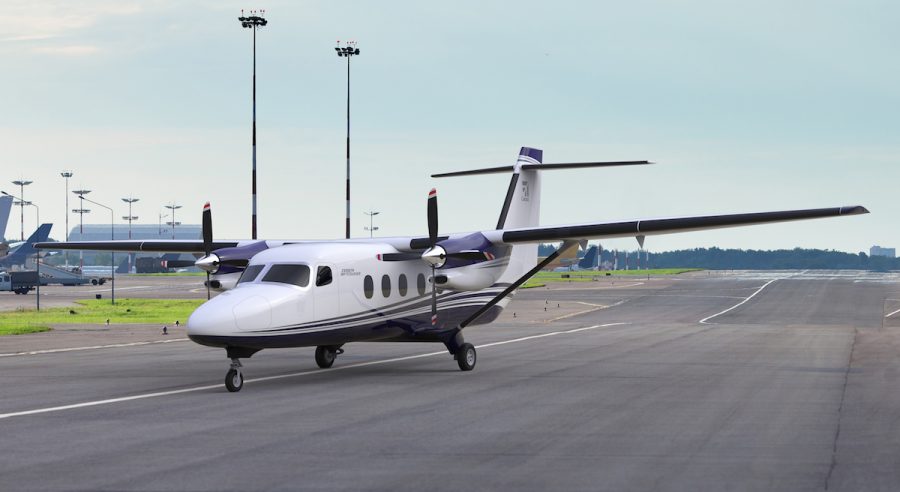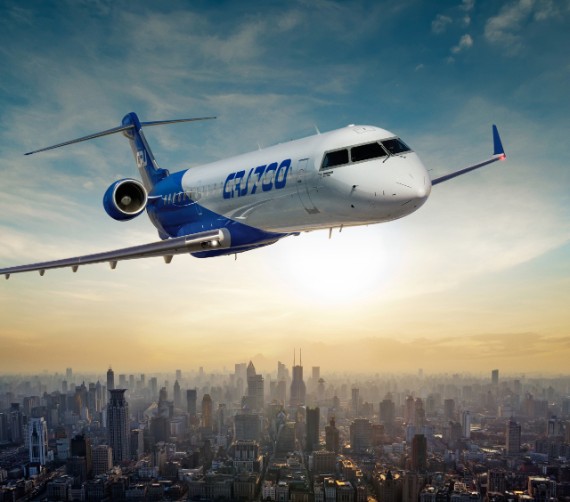Leeham News and Analysis
There's more to real news than a news release.
The Small Airliner Problem, Part 10. Cash costs for a battery-based airliner
Subscription required
By Bjorn Fehrm
July 6, 2023, © Leeham News: In our series on costs factors that make up Cash Operating Cost for a battery-based airliner with range extenders, we now add Crew costs and Airport/Airway fees.
We then have all the components of the Cash Operating Cost (COC) for the ES-30 and can compare it to a normal propulsion 30-seat turboprop.
Summary:
- The high operating weight and slow speed of a battery airliner increase the Airport/Airway fees and Crew costs for the ES-30.
- In summary, only one Cash cost remains competitive, and the COC total exceeds the cost of a 30-seater turboprop.
The Small Airliner Problem, Part 5
Subscription required
By Bjorn Fehrm
May 18, 2023, © Leeham News: In our series about the viability of the business plans for small airliners (nine to 50 seats), we have covered how energy/fuel consumption, maintenance, and airway/airport fees scales with the size of the airliner.
The cost factor we now examine is the crew cost, where especially the flight crew cost development is troublesome, as pilots changed jobs during the COVID lull or retired early. When air traffic now rebounds, the lack of pilots drives wages and thus costs to new record levels.
Summary:
- The availability of flight crews is a major problem in the US market. It will spread to other geographies as air traffic picks up after COVID-19.
- The scaling of crew costs per transported passenger is unfavorable for smaller aircraft.
Growing Opposition to ALPA’s Attack on Regionals
Subscription Required
Kathryn B. Creedy
Analysis
May 15, 2023, © Leeham News: Using the same tired arguments, the Air Line Pilots Association (ALPA) on May 5 urged the Department of Transportation to reject SkyWest’s year-old proposal to create a Part 135 public charter under Part 380 of the Department’s regulations to serve Essential Air Service (EAS) markets.
ALPA, in a letter co-signed by nine other unions, claimed SkyWest Charter is a backhanded attempt to bypass the 1,500-hour pilot experience rule. The airline says its proposal is to continue serving most of its EAS points under the same regulations governing other EAS carriers. Further, it attacked the public charter rule objecting to JSX operations, a catalyst for engaging the business aviation against the union.
ALPA may be skating on thin ice, not realizing the 1,500-hour rule is increasingly irrelevant given statements on Capitol Hill favoring pilot training reform and the popularity of the EAS program among legislators.
The Small Airliner Problem, Part 4
Subscription required
By Bjorn Fehrm
May 11, 2023, © Leeham News: In our series about the viability of the business plans for small airliners (nine to 50 seats), we have covered how energy/fuel consumption and maintenance scales with the size of the airliner.
The cost factor we examine today is the cost of using the airport and airways infrastructure. Airlines pay for landing plus parking at airports and for using their passenger facilities. The airlines also pay for using the Air Traffic Control (ATC) infrastructure when flying the routes.
Each airport and national airway system have their own fee structures. We check how these scale with aircraft size.
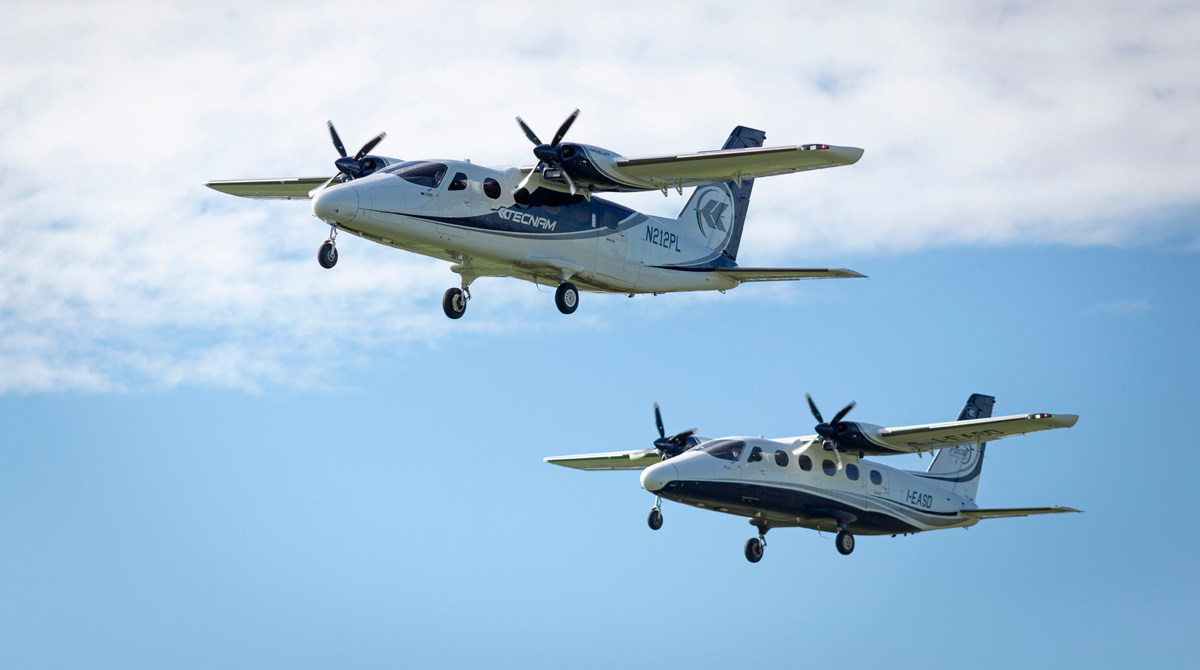
Figure 1. The TECNAM P2021 piston prop airliner is also offered in an electric version called P-Volt. Source: TECNAM.
Summary:
- Airway fees scale differently per transported passenger to the airport fees.
- Overall, airport and airway fees are not proportional to carried passengers on a route.
The Small Airliner Problem, Part 3
Subscription required
By Bjorn Fehrm
May 4, 2023, © Leeham News: In our series about the viability of the business plans for small airliners (nine to 50 seats), we have covered how energy and fuel consumption scales with the size of the airliner.
The cost factor we examine today is the maintenance cost for keeping an airliner fit for purpose and safe.
We use the Leeham aircraft performance and cost model to get the data for the maintenance costs for airliners going from nine to 200 seats.
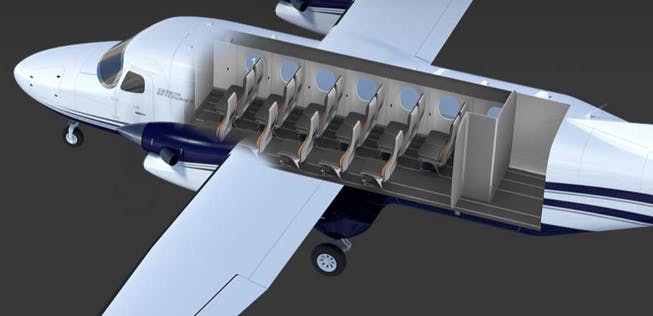
Figure 1. The Cessna Sky Courier is a new 19-seat small airliner with conventional propulsion. Source: Textron Aviation.
Summary:
- The maintenance costs of an airliner scale differently from the energy and fuel consumption we studied last week.
- We discuss the scaling metrics for the airframe maintenance costs and how these differ from what drives engine maintenance costs.
Exclusive: No change in Scope Clause in new United pilot contract that would have allowed E175-E2
By Scott Hamilton
June 24, 2022, (c) Leeham News: There is no change to the Scope Clause in the new United Airlines pilot contract governing the number of regional jets that can be operated by regional partners, LNA confirms.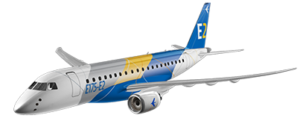
There is also no change in the weight of the aircraft allowed, a blow to Embraer’s hopes for the E175-E2. The E2 is heavier than the E175-E1, which entered service in 2004. Embraer designed the E2 to be used with the Pratt & Whitney GTF engine. The GTF is more economical than the E1’s GE CF34, quieter, and emits fewer emissions. But it is slightly heavier than the Scope Clause contracts permit. The USA is virtually the only market for the E175-E2.
Start-up nears airport Aircraft Towing System tests
Subscription Required
By Scott Hamilton
May 16, 2022, © Leeham News: A start-up company is 60-90 days away from landing a contract with a US airport to install a prototype system that will pull airplanes around the field, eliminating taxiing with engines or tugs.
ATS Worldwide (for Aircraft Towing System) proposes a network of trench-like guides equipped with a flexible tow mechanism that captures the nose gear to tow airplanes from the regional jet to the Airbus A380. It’s all done with automation. No new equipment, other than a nose camera, is added to the airplane. This eliminates added weight and complexity, or the need for a Supplemental Type Certificate, proposed by Wheel Tug. No external tug, like Taxibot, takes the airplane to the end of the runway. This eliminates airfield conflicts, ATS said during the Aviation Week MRO Americas conference last month in Dallas.
But constructing a network of towing trenches from the gate, across the ramp, to the taxiways and the runways, presents its own challenges. Constructing the network won’t be inexpensive. Funding sources must be identified. The Federal Aviation Administration and other regulators must be convinced that the system will be safe. Regulatory standards must be prepared.
And the elephant in the room will be the reaction from unions whose ground handlers, wing walkers, etc., face losing jobs or fewer jobs.
The big advantages: eliminating the need for hundreds of tugs at an airport. Reduction in fuel required to taxi airplanes, major cost savings for the airlines. A reduction in emissions, a growing goal, especially in Europe and the USA. Finally, there can be lower headcounts by the airlines and airports, another cost savings.
Implementation, if all goes well, is years away. But a prototype system for proof-of-concept is expected to be activated at the Ardmore (OK) airport in 60-90 days. At least three major hub airports are reviewing proposals for initial demonstration projects as well, ATS says.
Carbon footprint: Regional jet versus turboprop, how large is the difference?
Subscription Required
By Bjorn Fehrm
Introduction
January 27, 2022, © Leeham News: Last week, we kicked off a series of articles where we will measure what difference our choice of flying makes to the primary Greenhouse gas emission, CO2.
We have upgraded our airliner performance model for the series to give a direct output of the CO2 emissions for the flights in different phases.
We start this week by comparing a typical domestic feeder flight of 300 nm, with an example route of Cleveland to Chicago O’Hare. What will be the time differences? And the fuel burn and CO2 emission difference?
To make it a fair comparison, we’ll use present generation aircraft flying on the US market, the Embraer E175 and De Havilland’s DH 8-400. We will fly the DH 8 at a high-speed cruise to keep the flight time differences within 10 minutes.
Summary
- As expected, the turboprop is the more efficient mode of transportation on the route. It consequently emits less CO2 per transported passenger.
- With new, more comfortable turboprops in the works, the drive for sustainability could see a return of the turboprop to the US market.
Bjorn’s Corner: The challenges of airliner development. Part 11. The Program Plan.
July 9, 2021, ©. Leeham News: Now that we have done the basic market research we should scope the program. To do this we need to understand what aircraft we will develop and to what certification rules.
Our market research tells us to develop a 19 seat aircraft that can operate as a passenger and/or cargo aircraft outside the US and as cargo aircraft in the US. This enables us to certify it to FAA Part 23 and the equivalent rules of other National Aviation Authorities where we want to sell the aircraft.



